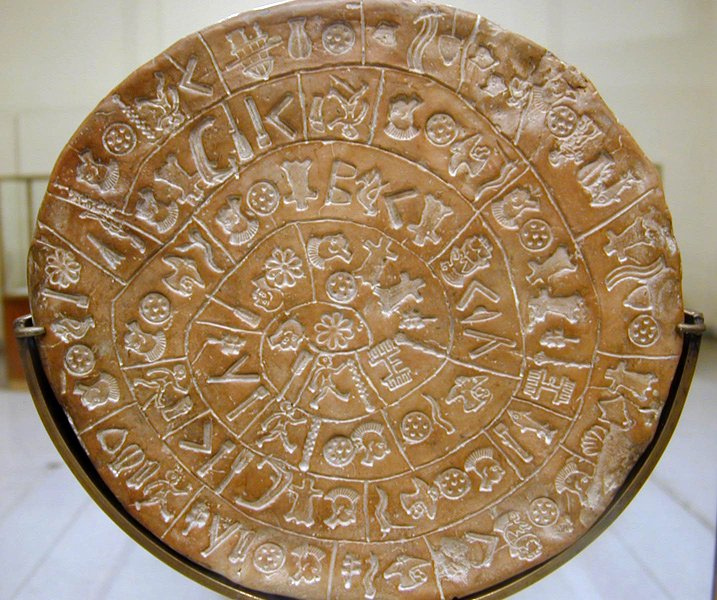
A text found buried in the ground in a palace basement, written in an unknown alphabet, dated to a time about which we know very little: The circular clay Phaistos Disc has everything it needs to attract dozens of archeologists who want to solve one of the biggest mysteries of mankind. After more than a century of study, since the Phaistos Disc was found in 1908 from the Italian Luigi Pernier and is now at the Heralkion Archaeological Museum, the questions remain more than the answers.
Was the disc made in Crete? In which language is it written? What was its purpose? None of these has a definite answer, even if there are conspiracy theories that claim it is the oldest text in the world; this, of course, is not true, since the Phaistos Disc was made approximately in the seventeenth century BC while, for example, the ancient Sumerian cuneiform writing and the Egyptian hieroglyphics were already being used during the fourth millennium BC.
So, what do we know about the disc? It is probably not written in Greek (there is no absolute certainty on that, though). Its alphabet is called Linear A and it hasn’t been deciphered, as opposed to the Mycenaean (and completely Greek) Linear B, which we can read. The rest of our knowledge is archaeological details, accompanied by a healthy dose of conjectures and arbitrary conclusions. What’s certain is that it will keep archeologists busy for quite some time still.
